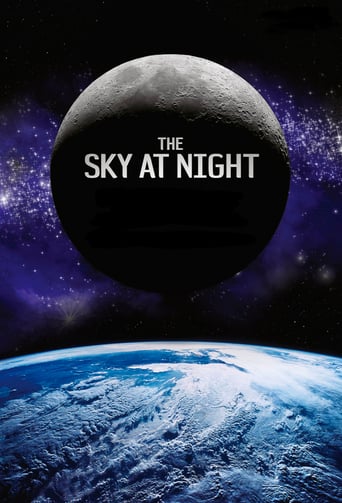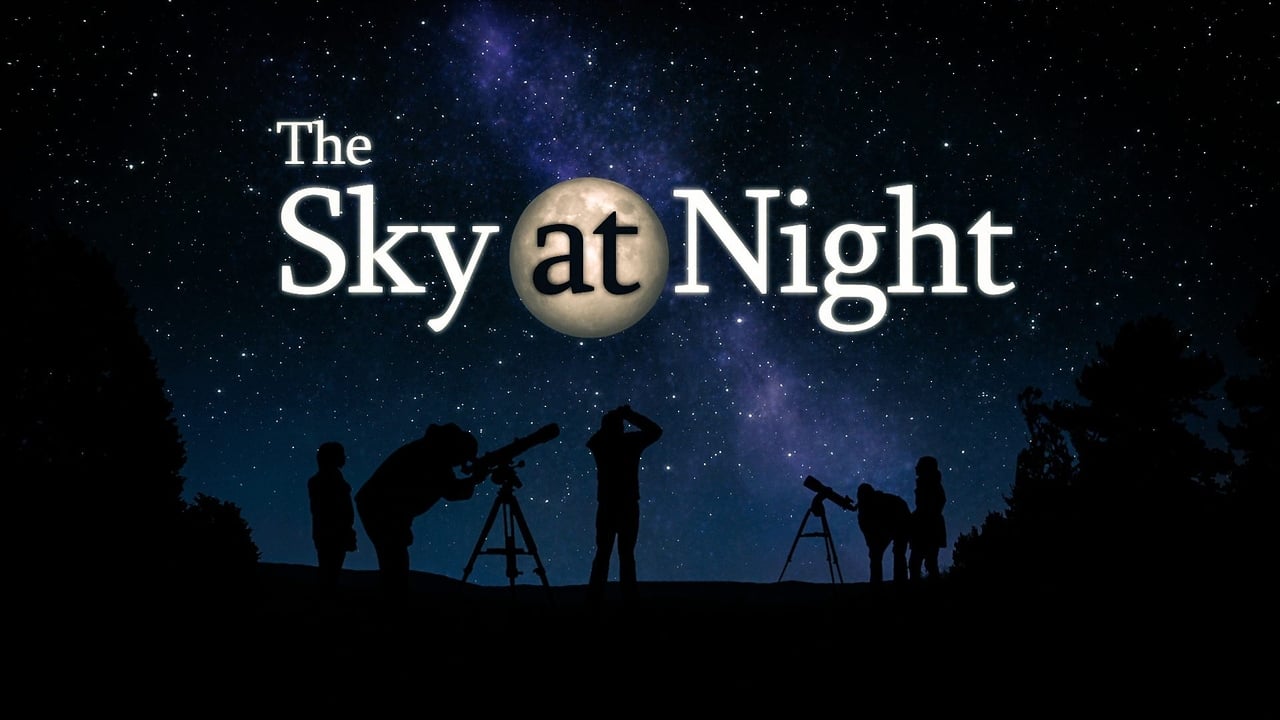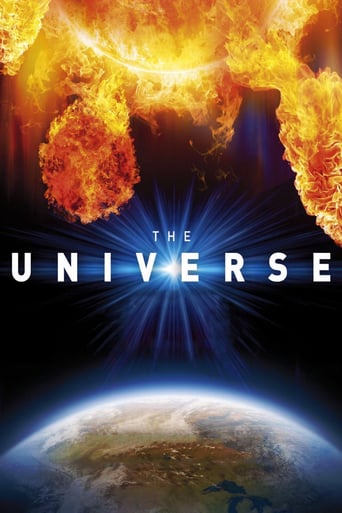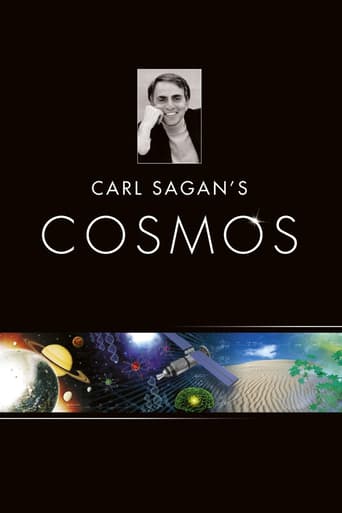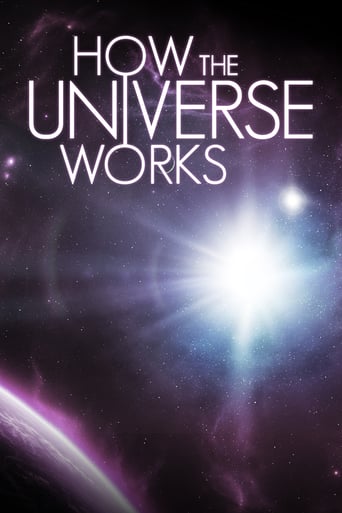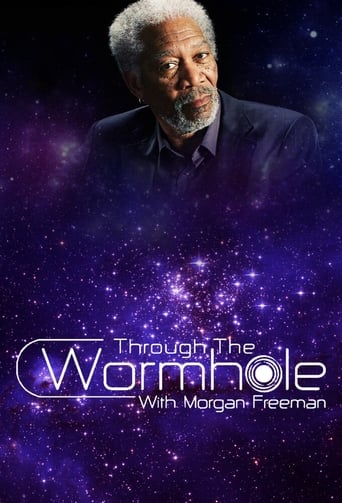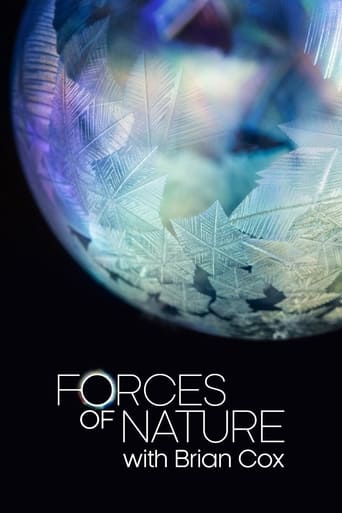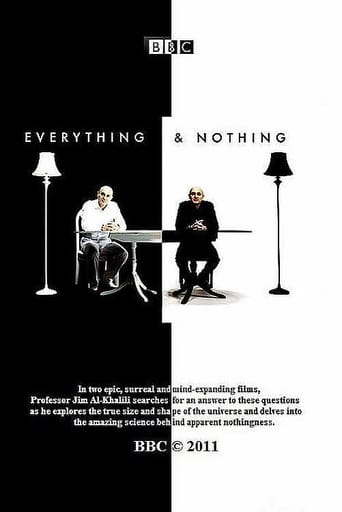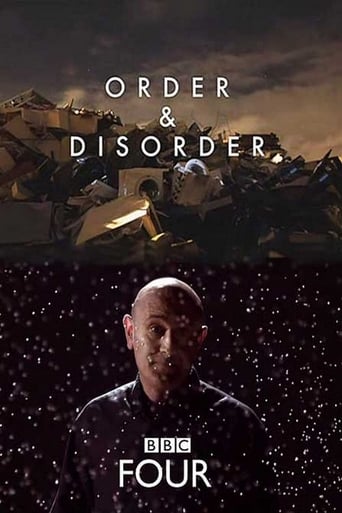The Sky at Night Season 2009
Your monthly journey through the fascinating world of space and astronomy with the latest thinking on what's out there in space and what you can see in the night sky.
With 30 Day Free Trial!
The Sky at Night
1957 / NRYour monthly journey through the fascinating world of space and astronomy with the latest thinking on what's out there in space and what you can see in the night sky.
Watch Trailer
The Sky at Night Season 2009 Full Episode Guide
Winter is approaching and, with longer nights, it is the perfect time to get outside to enjoy the wonders of the night sky. Sir Patrick Moore is joined by Dr Chris Lintott and Pete Lawrence, plus a host of stargazers searching for the best the winter skies have to offer.
For centuries, astronomers, writers and philosophers have speculated about life on the planet Mars, but we have learned more about our near neighbour in the last 30 years than at any time in human history. Sir Patrick Moore and Chris Lintott explore the Red Planet.
Observers now know there is water on the Moon, but how much? NASA's new LCROSS probe into the lunar surface will find out. Chris Lintott visits the Palomar observatory in California to witness the probe's impact, while Patrick Moore views it with friends from his home in Selsey. Can the Moon really support life?
Following the Hubble space telescope's overhaul, Sir Patrick Moore and Chris Lintott examine its latest findings and the data from NASA's other telescopes, Spitzer and Chandra. Pete Lawrence observes the spiral galaxies M31 and M33 and explains how they owe their enigmatic names to an 18th-century French comet hunter.
In July 2009, a mysterious large object crashed into Jupiter, the largest planet in the solar system, leaving behind a scar in the gas cloud the size of the Earth. Sir Patrick Moore examines this new feature with Jupiter experts John Rogers and David Rothery. Imaging experts Pete Lawrence and Paul Abel compete to capture the best images of the gas giant, while Chris Lintott has this month's news notes.
Sir Patrick Moore, with the help of Pete Lawrence and the latest pictures, investigates the longest total eclipse of the sun for many years, which took place in India and China in July 2009. In orbit around Saturn, the Cassini probe has sent back amazing new images, and there's a new discovery on the moon Enceladus. Chris Lintott reports from the latest Cassini conference in London and finds out why there is a sprinkling of table salt in the rings of Saturn.
On 14th December 1972, Captain Eugene Cernan left the Moon to return to Earth. He had no idea that, 25 years later, he would still be the last man to have left his footprints on the lunar surface. Dr Chris Lintott travels to the Johnson Space Centre to talk to the Commander of Apollo 17 about his memories of being on the Moon. Sir Patrick Moore looks at lunar samples brought back by the astronauts and talks to NASA scientists about what they discovered.
Forty years on, Patrick Moore and guests discuss the achievements of the Apollo programme.
Patrick Moore presents a guide to the most familiar body in the night sky, whilst Chris Lintott gives tips on how to observe the moon.
Using archive sound, satellite footage and film taken by the astronauts, Patrick Moore presents the story of mankind's first journey to another world. The task of telling Apollo 11’s story from a British angle is a challenging one, since most of the domestic television presentation was not saved for the archives. However, Apollo 11, A Night to Remember, part of BBC Four’s Moon Night, has knitted together the remaining material into an effective two-hour documentary. Satellite pictures have been married up with amateur audio recordings, and linked with rarely-seen reports, background films, a couple of rediscovered studio clips, and some new explanatory pieces by Sir Patrick Moore, one of the presenters in 1969. The satellite images, which form the bulk of the programme, cover the main events in America, in the spacecraft, and on the moon. The source tapes are the BBC’s original 525-to-625 line live electronic standards conversions, but because they are derived from an international signal feed, they are lacking the domestic commentary and captions. However, it has been possible to reinstate much of the commentary from amateur off-air recordings, and thereby restore parts of the BBC’s television coverage. This technique has been applied in previous moon landing documentaries, but here it is used much more extensively than before, greatly enhancing the experience. The sound quality of the amateur recordings is not brilliant; usually it is perfectly intelligible, but occasionally becomes indistinct against all the interference from the space communications. A highlight of the programme comes near the start, when we can savour lengthy sections of what must be one of British television’s most compelling commentaries, as Michael Chartlon dramatically sets the scene at Cape Kennedy’s launch site, then guides us through the last 6 minutes of countdown. There are several technical glitches resulting from a poorish satellite link but these do not detract from the occasion. (Wobbly pictures from Cape Kennedy’s control room appear also on NASA’s recordings, so must have another cause.) The launch build-up also features James Burke demonstrating the rocket tower escape procedure, the first of several entertaining, but seldom-seen, colour film items that were played into the live programmes. The Burke / Moore Apollo 11 studio presentation, long thought to be totally missing from the archives, has acquired for itself a certain mystique, and a place among the top ten missing programmes. But now, perhaps for the first time since 1969, we can glimpse one of these famous broadcasts, made on 16th July 1969, as James Burke reviews the launch earlier that day. The minute-long clip, taken from BBC1’s Twenty-Four Hours current affairs programme, is a high quality, 625-line black-and-white video recording. The second of the recovered studio clips, 20-seconds long, is of much poorer technical quality than the first, and appears to be from an amateur recording. It shows Burke signing off for the night after a broadcast probably made in the early hours of Saturday 20th July 1969 (the days of the week are incorrect in the documentary). Michael Charlton’s contributions from Houston seem to have fared better in the archives than those of his London colleagues, and here we can view two examples: an interview with NASA’s George Hage shortly before the critical lunar orbit insertion manoeuvre on 19th July 1969, and a report to camera at 2am on 21st July 1969, about two hours before Armstrong steps onto the moon. It is hard to know why this colour material has been hidden away for so long, (although a very short Charlton snippet did appear in the film The Dish a few years ago). Armstrong, Aldrin and Collins made several telecasts live from the spacecraft on their outward and homeward journeys. Excerpts of these appear frequently in documentaries, but now we can gain a better insight, thanks to the inclusion of greatly extended sections, taken for the...
Containing trillions of stars, Andromeda is the largest galaxy in our neighbourhood. It is 2.5 million light years away, yet is still visible to the naked eye. Sir Patrick Moore and his guests unravel some of the mysteries in the star systems that surround us and look at the latest discoveries from our local galaxies.
Every day, asteroids whiz past the Earth on their journey through space. Sir Patrick Moore discusses the chances of a close encounter with an asteroid, after telescopes recently got a unique view of an asteroid disintegrating in our atmosphere.
Patrick Moore discusses what Herschel, Europe's biggest and most expensive space satellite, will do once it begins its infrared exploration of the universe. Dr Chris Lintott gets a rare chance to see the Herschel mirror, which at 3.5 metres will be the biggest astronomical mirror ever to be sent into space.
Saturn's mysterious moon Enceladus has startled astronomers with its amazing ice geysers, which spew out material into space. Sir Patrick Moore talks to the scientists who are trying to unlock the secrets of this tiny world. Dr Chris Lintott visits the Open University to find out the latest on our own Moon. He meets scientists from the Japanese Kaguya mission and the Indian Chandrayaan mission, with its British instrument CIXS.
Dr Chris Lintott travels to a radar facility in Norway to see the Aurora Borealis.
This first Sky at Night of 2009 is a celebration of the humble (and Hubble) telescope, which is now 400 years old. It all began with Galileo . . . or did it? Patrick Moore furrows his brow over the news that an Englishman may have invented the first. Over the last 50 years Patrick has visited almost all of the worlds large telescopes, and there is some archive footage of some of these visits. Meanwhile, Chris Lintott visits some mighty examples in the USA, and astronaut Jeff Hoffman describes how he repaired the Hubble Space Telescope. Preparations are underway in NASA's watertanks for the next repair/update mission, which NASA hopes to be the last, because the next space telescope, the James Webb Space Telescope is scheduled to succeed it. In a unique visite we get to see how 10m glass mirrors are cast and polished under the Arizona Wildcats Football stadium, and talks about the future of Extremely Large Telescopes.
Free Trial Channels
Seasons



